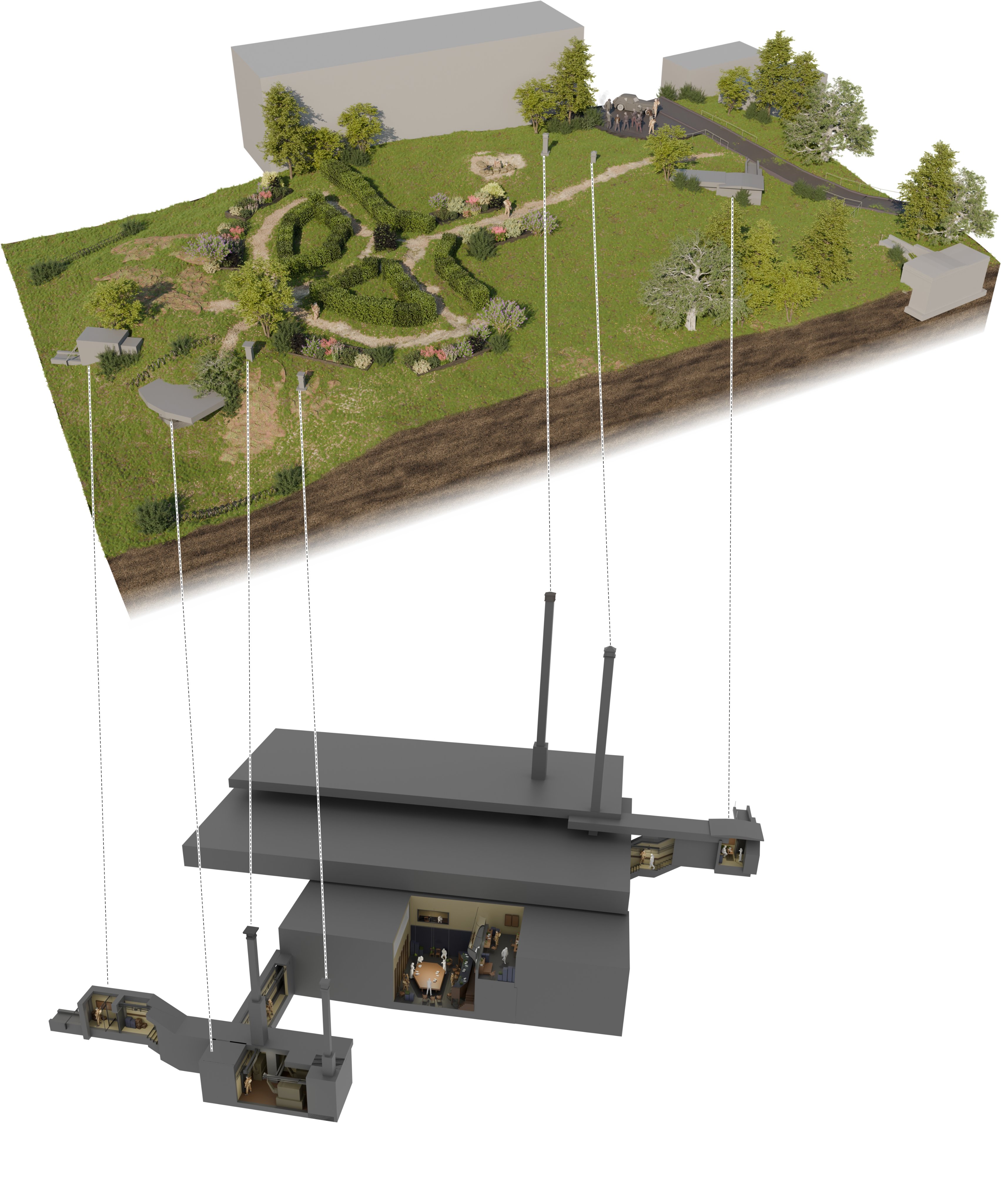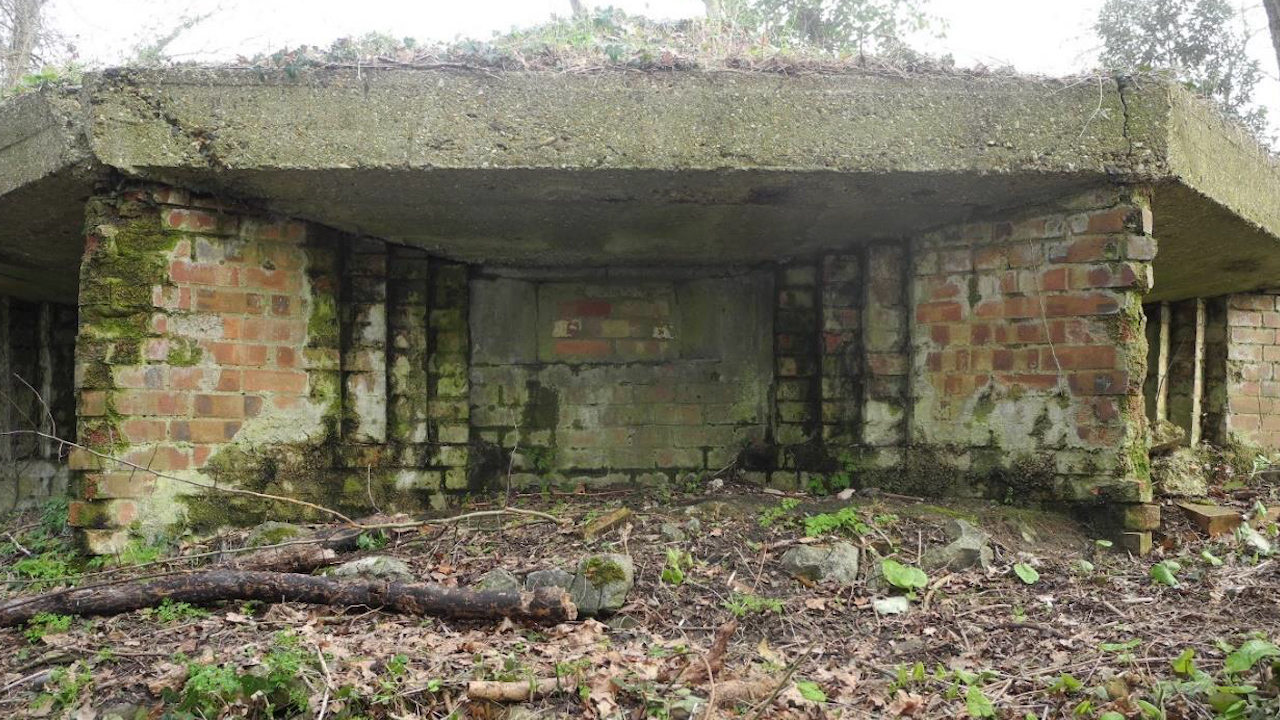
RAF Fighter Command’s Battle of Britain bunker was kept secret – by a flower bed

- by Admin
- August 28, 2024

A top-secret Second World War bunker used by RAF Fighter Command and visited by Sir Winston Churchill is believed to have been disguised as a decorative garden to protect it from attack.
According to researchers, the cunningly disguised bunker in Uxbridge, west London, was hidden beneath a flower bed to protect it from Luftwaffe air raids, and was instrumental in defending the skies during the Battle of Britain.
“I’m pleased we’re still able to add to our knowledge of this extraordinary place,” said Historic England archaeologist Sandy Kidd.
“London’s archaeology goes back thousands of years, so the Battle of Britain bunker at 86 years young is one of the most ‘modern’ sites I’ve been involved with.
“We knew that any exploration of the site would need careful understanding of Second World War military tactics and features so that nothing was missed.
“The discovery of the multiple and layered defences employed to keep this secret nerve centre safe tells us something of the fear of the bunker being compromised, which could have spelled disaster for the country.”

The Grade I listed structure is located 60ft below the surface and was built in 1938.
Due to the new threat around German paratroopers and air raids, a decorative garden disguise was chosen.
It has been speculated that the decorative garden was part of the landscape of Hillingdon House, which is located nearby.
During the Battle of Britain, the bunker was used by the RAF Fighter Command 11 Group to coordinate the interception of German bombers.
It was also the location where on 16 August 1940, Sir Winston Churchill visited the bunker and proclaimed: “Never in the field of human conflict was so much owed by so many to so few”.
His “Few” speech was in recognition of the work done by the RAF in defending the skies during the Battle of Britain.

The secret bunker has been examined by experts from the Museum of London Archaeology and Historic England.
Museum of London Archaeology (MOLA) project manager Jim McKeon said: “MOLA is delighted to have contributed to building a greater understanding of this nationally significant monument.
“By bringing the various strands of information together – archaeological evidence, documentary sources, aerial photography and historic maps – we now have a good idea of how the exterior of the bunker looked during WWII.”
The Latest News
-
December 23, 2024On board with the pilots doing one of Britain’s toughest jobs
-
December 23, 2024Christmas Travel LIVE: Traffic chaos on motorways while flights cancelled
-
December 23, 2024UK economy stagnates as GDP figures revised down
-
December 23, 2024Donald Trump taps ‘Apprentice’ producer as special envoy to UK
-
December 23, 2024UK economy heading for ‘worst of all worlds’, CBI warns after Labour Budget







